#not my edit. source is linked
Explore tagged Tumblr posts
Text


THIS IS AWESOME
1K notes
·
View notes
Text

Circa 1900, Bat in Flight with the Man in the Moon brooch. Made by Unger Brothers, USA. ❤︎₊ ⊹
#grunge#goth#metallic#bats#pngs#transparent#editing#png#mine#transparent png#1990s#circa 1990#unger brothers#brooches#vintage#USA#brooch#for some reason. I lost the source for this one. the website I used and my history just *poofed* where I got this info and image from. hrm.#i'll just link the website i found it from. If anyone *does* re-find the brooch on there... lmk.#nightmareseditingpngs
8K notes
·
View notes
Text

9K notes
·
View notes
Text

Dragon Age: Inquisition released 10 years ago today!
#dragon age#bioware#video games#solas#1k+#edit: this post is the original source/version of this post#if cross-posting posts from my blog to other sites please link back to the original post or to my blog#or say somewhere where you got it#thankyou!!
1K notes
·
View notes
Text

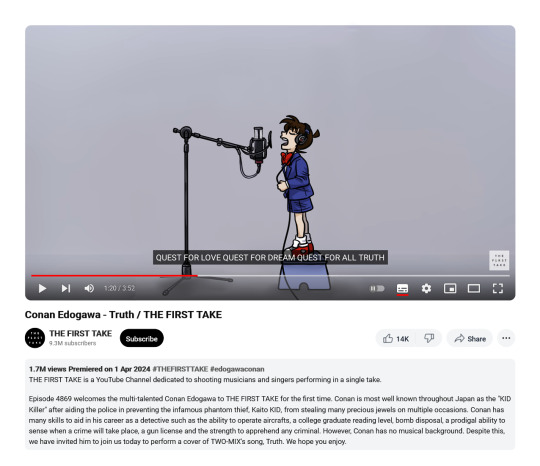
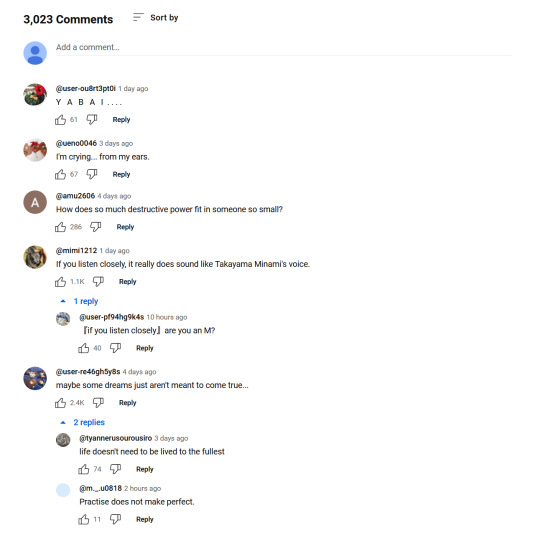
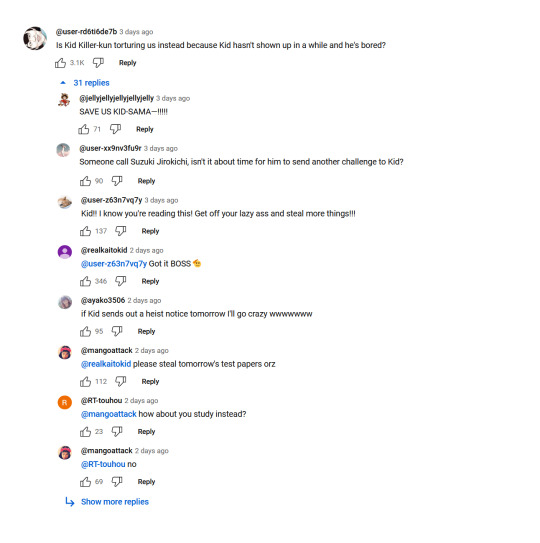
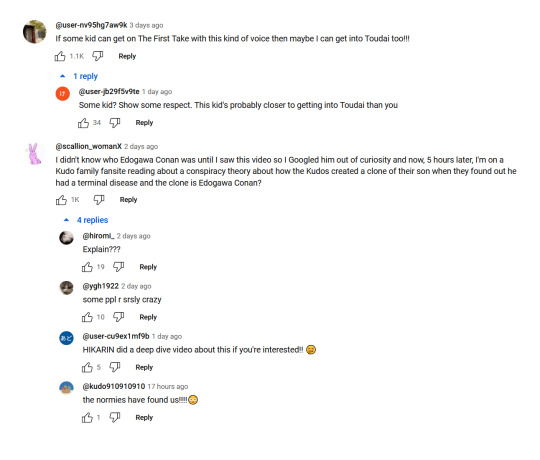
an unusual video is trending in japan right now...
#dcmk#detective conan#edogawa conan#i made the yt comment section by changing the source code on yt#i was almost done editing it and then i had to do it all again bc i accidentally clicked a link and lost everything. i almost cried ngl#all usernames were changed but not the profile pics#happy april fools day and ks anniversary to anyone who celebrates#my art
1K notes
·
View notes
Text
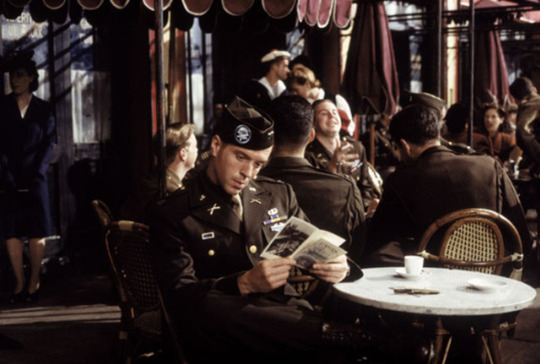
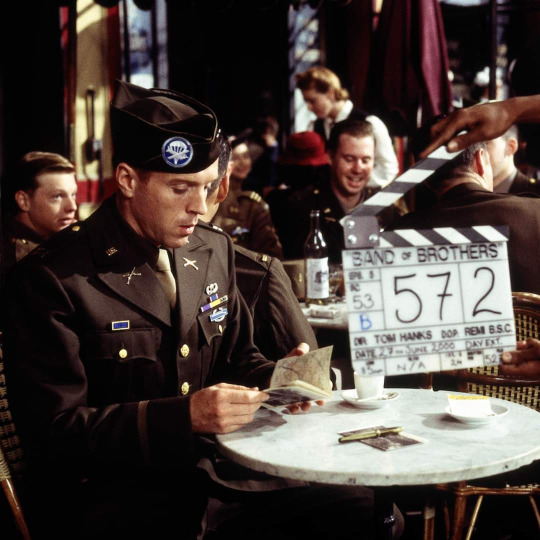
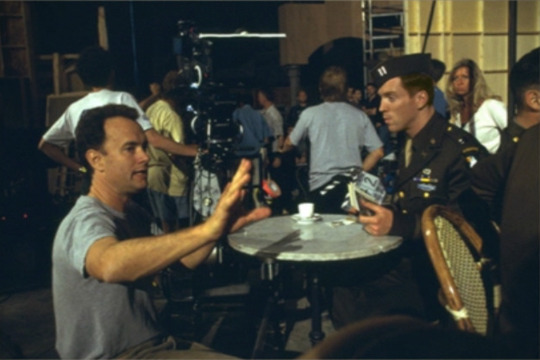
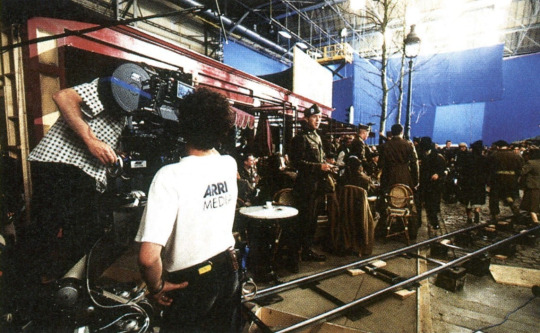
BAND OF BROTHERS BEHIND THE SCENES - EPISODE 5 WINTERS ON LEAVE IN PARIS (01, 02, 03, 04)
#i dont know why it was so surprising to me that this scene was shot on a soundstage.#in my mind i thought they went to a random bar in england and just dressed it up nice to look french#you learn something new every day!!#the third photo doesn't have a source because i believe it is a photo extra included in the collectors edition box set.#i would really recommend checking out the source link for the 4th photo#its from the american society of cinematographers and it goes into more cgi stuff from bofb post-production that is very interesting#richard winters#band of brothers#hbo war
216 notes
·
View notes
Text

Japanese LPS ♡
#source is a Reddit post! Hopelfully I linked it right haha#lps#lpsblr#lps toys#littlest pet shop#2000s#2000s nostalgia#cute#toy#toys#pink#my edit#kawaii
707 notes
·
View notes
Text
Round 3 - Reptilia - Pelecaniformes




(Sources - 1, 2, 3, 4)
Our last order of waterbirds are the Pelecaniformes, comprised of the families Threskiornithidae (“ibises” and “spoonbills”), Ardeidae (“herons”), Scopidae (“Hamerkop”), Balaenicipitidae (“Shoebill”), and Pelecanidae (“pelicans”).
Pelecaniformes are mainly semi-aquatic birds that hunt on or near water, though some have adapted to forage in grasslands. They have large bills, long necks, and many have long legs for wading. Most have a bare throat patch, and their nostrils have evolved into dysfunctional slits, forcing them to breathe through their mouths. They also have a pectinate (comb-like) nail on their longest toe, which is used to brush out and separate their feathers. They are carnivorous, feeding on fish, squid, invertebrates, and other aquatic animals, with a variety of beak adaptations. They are distributed worldwide, except in Antarctica.
Most pelecaniformes are colonial nesters, sometimes in colonies formed of multiple species, usually in trees or on the ground near or above water. Hamerkops (image 3) are known for their huge, unique nests with a tunnel inside, while Shoebills (gif below) build floating nests. Pelecaniformes form monogamous pairs, at least for one breeding season. Generally, the male will bring sticks or other nesting material while the female builds the nest. In many herons, the male will begin to build the nest before pairing up with a female, and then the two will continue building the nest together after courtship. Clutch size varies between species. Both parents incubate the eggs and feed the chicks via regurgitation.
The pelecaniform lineages appear to have originated around the end of the Cretaceous, appearing to belong to a clade of "higher waterbirds" which also includes groups such as penguins and Procellariiformes. They split into their modern groups by the Late Eocene, around 37.17 million years ago.

Propaganda under the cut:
The African Sacred Ibis (Threskiornis aethiopicus) is so named for its role in Ancient Egyptian religion, where it was linked to the god Thoth, considered his living incarnation on Earth. The species was commonly mummified, and the birds were given different burials according to their status: as pets, offerings, or holy individuals. By 1850, the species was locally extinct in Egypt, though it is common in Africa and Asia, and has been introduced to Europe.
The Australian White Ibis (Threskiornis molucca) is a relative of the Sacred Ibis that is native to Australia. Pushed out of its wetland habitat by human development, the bird eventually adapted to urban environments on the East Coast of Australia. The bird’s preferred diet is aquatic invertebrates like crayfish and mussels, which it obtains by digging with its long bill, however, a loss of wetland habitat has led to the Australian White Ibis adapting its diet to include human food waste, earning it the nickname “Bin Chicken”. These native birds have also been observed eating the invasive Cane Toads (Rhinella marina), flicking them to make them secrete their poisonous toxin and then washing them off in water, something many other native carnivores have not figured out.
The Scarlet Ibis (Eudocimus ruber) (image 4) is the only waterbird with primarily bright red coloration, which comes from Astaxanthin, a keto-carotenoid, derived from a diet of shrimp and other red shellfish. But unlike flamingos, Scarlet Ibises have a more varied diet, preferring scarabs and other ground beetles.
Likewise, the Roseate Spoonbill (Platalea ajaja) gets its pink coloration from the same carotenoid as flamingos: canthaxanthin. Like other spoonbills, its spoon-shaped bill allows it to sift through water for crustaceans, bits of plant material, aquatic insects, mollusks, frogs, newts, and very small fish (such as minnows), that would be ignored by larger waders.
The critically endangered São Tomé Ibis (Bostrychia bocagei) is the smallest Threskiornithid, at 45 cm (1.5 ft) long and weighing 450 g (1 lb). The São Tomé Ibis only lives on the island of São Tomé, with 19 other species of endemic birds, 10 of which are threatened with extinction. Threats include overhunting and habitat loss, especially of the trees the ibis uses to roost and nest in. While conservation efforts are becoming more prominent on São Tomé in recent years, including the establishment of a National Park, no conservation plan has been enacted specifically to protect the tiny ibis.
Like the smallest Threskiornithid, the largest Threskiornithid, the Giant Ibis (Pseudibis gigantea) is also critically endangered. Adults are 102–106 cm (3.3–3.5 ft) long and weigh about 4.2 kg (9.3 lb). It lives mainly in Northern Cambodia, with a few birds possibly surviving in Southern Laos and Vietnam. Its primary threat is habitat loss due to the drainage of wetlands for cultivation and clear-cutting of forest for rubber, cassava, wood pulp, and teak plantations. Some conservation efforts have been undertaken, including protecting nests by the installation of metal belts that prevent predators from accessing them, but the protection of ideal habitat and the increasing human populations in Cambodia continues to be a challenge.
Some herons use their wings to frighten prey, attract it to shade, or reduce glare on the water. The most extreme example of this is exhibited by the Black Heron (Egretta ardesiaca), which forms a full canopy with its wings over its body. The Black Heron creates shade with its wing canopy, attracting fish to what they think is shelter. This technique was documented on episode 5 of the BBC's The Life of Birds, and parodied by the "Nighttime Daytime" sketch from BBC's Walk on the Wild Side.
The largest species of heron is the Goliath Heron (Ardea goliath), which stands up to 152 cm (5 ft) tall.
Some species of heron, such as the Little Egret (Egretta garzetta), Grey Heron (Ardea cinerea), and Striated Heron (Butorides striata) have been documented using bait such as bread, seeds, insects, flowers, and leaves to lure fish to the surface. This is a type of tool used and considered a sign of greater intelligence.
Some ornithologists have reported observing female herons bonding with impotent males while seeking sexual gratification elsewhere.
In Buddhism, the heron symbolizes purity, transformation, and the wisdom of the Buddha. In addition, as a bird that transcends elements (earth, water, and air), the heron symbolizes the expansion of awareness and the ubiquity of consciousness.
The Hamerkop (Scopus umbretta) (image 3) is most known for its enormous nests, which contain a tunnel into a breeding chamber. The nests can be more than 1.5 m (4 ft 11 in) across, and strong enough to support a man's weight. The pair will start by making a platform of sticks held together with mud, then build walls and a domed roof. After completion, they may also add an odd collection of random items such as bones, hide, and human trash. Hamerkops are compulsive nest builders, constructing three to five nests per year whether they are breeding or not. Many other animals may use these nests, such as owls, snakes, genets, and other various birds. Weaver birds, starlings, and pigeons may also attach their nests to the outside of a Hamerkop nest.
The Shoebill (Balaeniceps rex) (see gif above) cools its eggs by pouring water over them from its beak.
Shoebills are considered to be one of the five most desirable birds in Africa by birdwatchers. They move slowly, standing still for long periods of time, but are docile with humans and show no threatening behavior.
The Dalmatian Pelican (Pelecanus crispus) is the largest pelican, and one of the heaviest flying birds in the world, with a body length of 1.6–1.8 m (5.2–5.9 ft), a wingspan typically ranging between 2.7 and 3.2 m (8.9–10.5 ft), and an average weight of about 11 kg (24 lb).
Pelicans have been persecuted by humans for their perceived competition for fish, despite the fact that their diet overlaps little with the species of fish caught by humans. Starting in the 1880s, American White Pelicans (Pelecanus erythrorhynchos) were clubbed and shot, their eggs and young were deliberately destroyed, and their feeding and nesting sites were degraded by water management schemes and wetland drainage. Even as late as the 21st century, an increase in the population of American White Pelicans in southeastern Idaho in the US was seen to threaten the recreational Cutthroat Trout (genus Oncorhynchus) fishery, leading to official attempts to reduce pelican numbers through systematic harassment and culling.
The pelican was one of the most popular symbols for Jesus Christ in the Middle Ages. The association was first made in the “Physiologus”, an Ancient Greek compilation of moralized animal lore written (probably around the year 200 AD) in Alexandria. The author claimed that a mother pelican would pierce her own chest to save her children from death, letting her blood spill over them. The legend may have arisen from pelicans preening their chests, or the appearance of a reddish tinge on the beak tip and/or breast of some pelicans, but zoological accuracy wasn’t really the point of these writings. Art depicting a pelican piercing her own breast in front of her chicks still exists in many churches dating back to the Middle Ages (though the pelican was an exotic bird that most 3rd century artists had never seen in person, so the “pelican-ness” of these depictions vary).
Pelecaniformes are vulnerable to disturbance at their breeding colonies by birdwatchers, photographers, and other curious visitors. Human presence alone can cause the birds to accidentally displace or destroy their eggs, leave hatchlings exposed to predators and adverse weather, or even abandon their colonies completely.
86 notes
·
View notes
Text

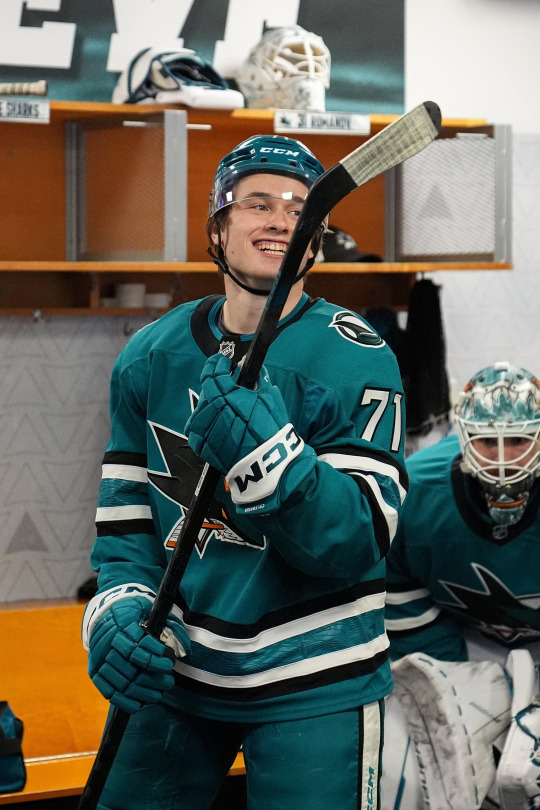





"Home sweet home. 🏠 / Pregame 😄s" —San Jose Sharks (2025 Mar 8)
x / ig
*eklund photo (1st in post) and 2nd macklin photo (3rd in post, credit claimed on ig story) were taken by kavin mistry
#william eklund#macklin celebrini#ty dellandrea#georgi romanov#mario ferraro#henry thrun#sharks lb#san jose sharks#hockey tag#twt collection#ig collection#and probably more by kavin mistry too! but idk which ones#waiting to see if these drop in the gallery#EDIT WHERE MY MFING SOURCE LINKS GO!!!! adding them back
67 notes
·
View notes
Text
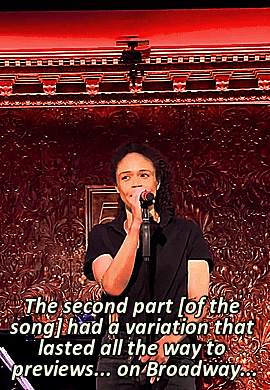

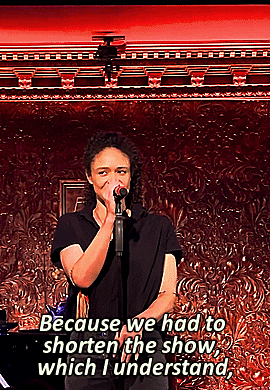
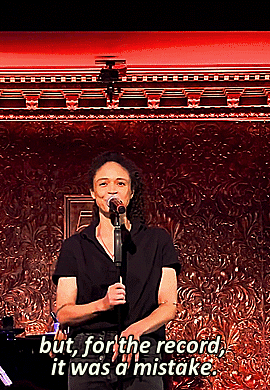
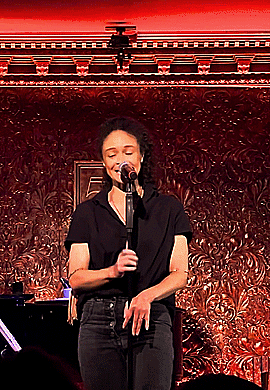
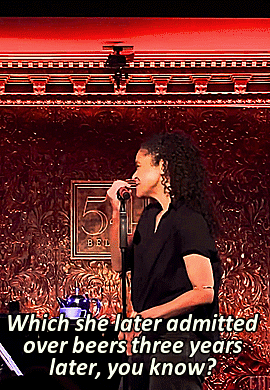
about Persephone's cut verse in Chant II.
#link in source#userpenny#userpdouwes#broadwaydaily#amber gray#anais mitchell#hadestown cast#hadestown#hadestown nytw#hadestown broadway#hadestown persephone#hadestownedit#broadwayedit#musicaltheatreedit#glamberedit#my edits
931 notes
·
View notes
Text
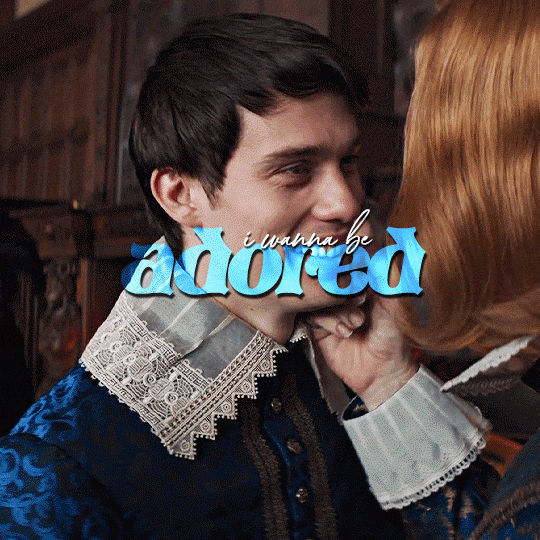

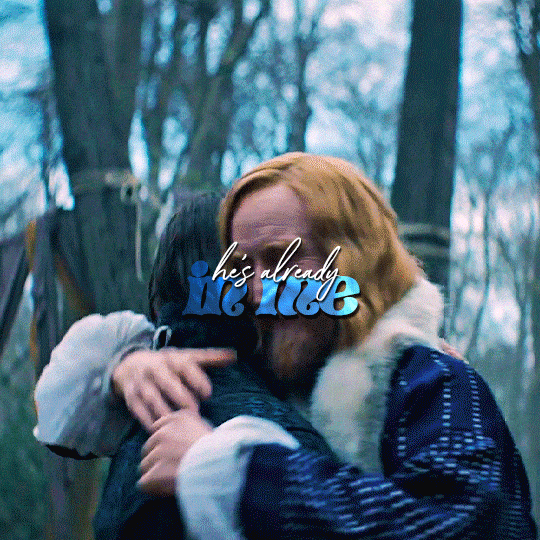


so, there's a song called "i wanna be adored" by the stone roses that i think is very fitting for george. he wants to be adored. (x)
#mary & george#mary and george#george villiers#nicholas galitzine#maryandgeorgeedit#m&gedit#nicholasgalitzineedit#dailyfilmtvgifs#perioddramacentral#flawlessgentlemen#swearphil#usersteen#userlang#chrissiewatts#lookstevie#iuserzoe#*#my edit#ok if anyone can help me find the og source for that link i'd love you forever
280 notes
·
View notes
Text


Foire aux Vins d’Alsace, 05.08.2018, Photos by Benoît Gilbert
Infernal Eye - edited by me
#the band ghost#ghost#cardinal copia#copia#my edit#my stuff#eye edit#please check out the source link because theres a lot of really really good photos#for both copia and ghoul enjoyers#i only edited the eye and did some other general edits bc i enjoy that kind of stuff but the photographer did all the hard work here!
139 notes
·
View notes
Text

[✯]
3K notes
·
View notes
Text

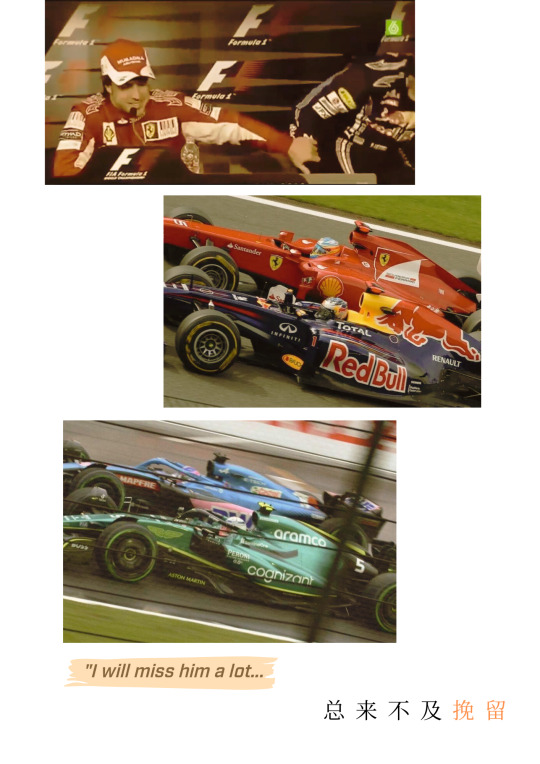

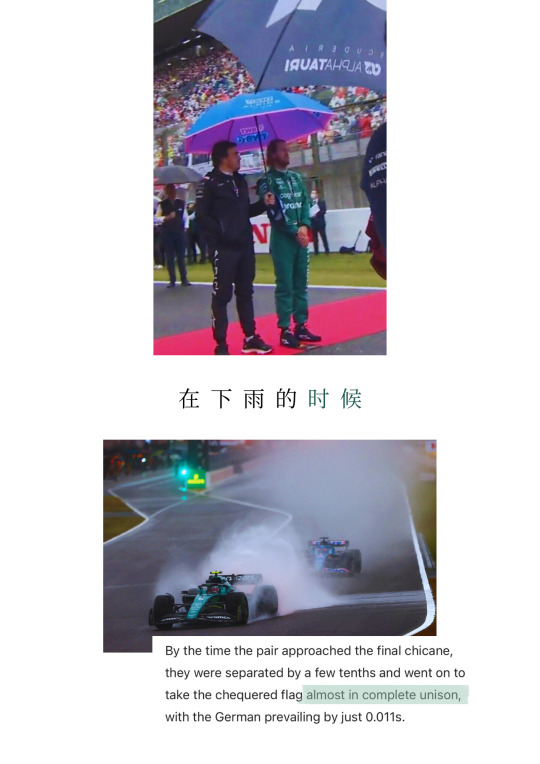

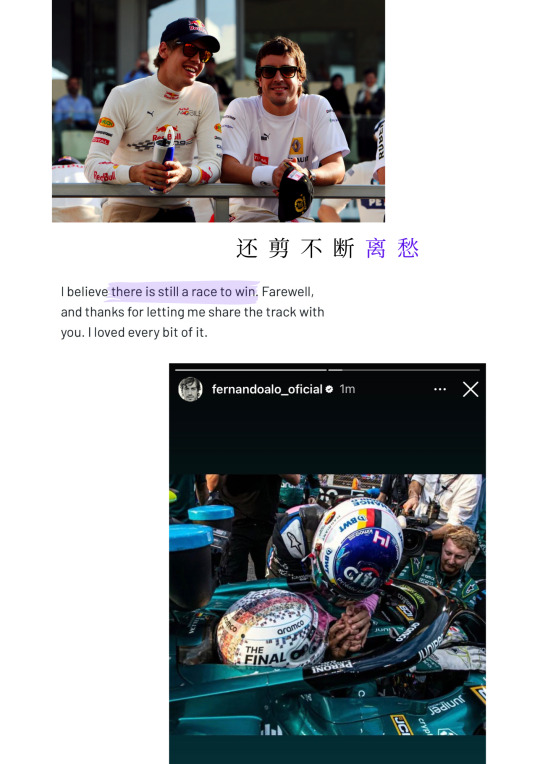
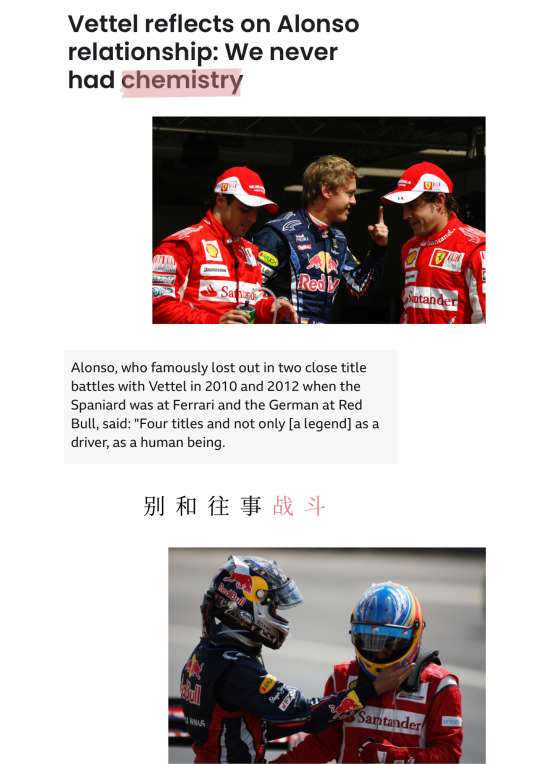

守候 (赵英俊) x vettonso
(explained)
#found this in drafts dated 10 nov 2024... fascinating#no credits cause i alr forgot all my sources atp#tvc#claire's edits#fernando alonso#sebastian vettel#to catie: enjoy!!!!!!! :)#okay ready to tag.#so basically#okay look i have too many yhings to say so ill link a thing
37 notes
·
View notes
Text
Armored Core, Video Games, Mecha: A Cultural Study of A Genre.
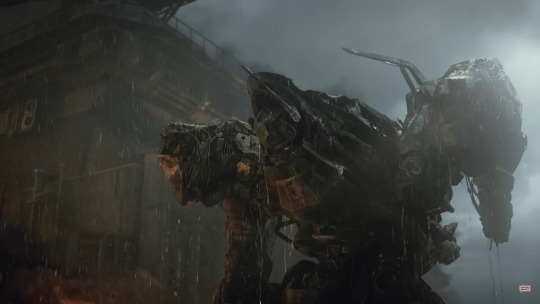
In 1997, From Software (フロム・ソフトウェア) released "Armored Core" (アーマード・コア) for the Sony PlayStation. While definitely not the first "Mecha Game" as we'll be referring to ad nauseam in this bizarre, overly long, essay thing of sorts- it more than the rest is arguable the most important. Through its mechanics, story, gameplay, and even setting- everything about Armored Core reinforces that it is the first Mecha IP made for the brand new at the time "video game medium" that fully embodied everything that defines the cultural and historical influences of the modern Mecha Genre, while redefining that genre for the newer medium. To this day, with the most recent release of "Armored Core VI: The Fires of Rubicon" in August of 2023, the series continues to uphold and redefine this legacy. Yet, what does any of that even mean?
To make a long story shortened, somewhat long once again; as we know it outside of Japan "Mecha", is a niche of a niche in some cases. Not necessarily that it's unpopular, or doesn't make an insane amount of money (which it is and does in both cases quite often), but in that it is a genre almost entirely defined by its roots in Japan, primarily through various Manga Comics and especially Animated Series. Go Nagai's (永井 豪) "Mazinger Z" (1972) is credited most often as the birth of the genre's identity, most notably as the first real breakout attempt at conceptualizing the idea of a large robot that was controlled through the use of a cockpit within the robot itself. In Go Nagai's words within the book "A Brief History of Japanese Robophilia"; "I wanted to create something different, and I thought it would be interesting to have a robot that you could drive, like a car."

From this idea and the incredible popularity of Mazinger Z, "Robot Anime" (ロボットアニメ) was born, and Go Nagai went on to create more influential works that helped further expand the genre as well as develop this particular flavor as "Super Robot". Now, Super Robot being the first and oldest sub-category to the genre makes what came after works like the aforementioned Mazinger Z and later "Getter Robo" (also from Go Nagai, 1974) fascinating from an outsider to the culture and times of the late 20th Century Japan. Without going too much into a side tangent, shows like Mazinger Z and Getter Robo were the foundation of which everything that would come to pass was built on. Discussing Mazinger Z and Getter Robo with friends and people who love it, however, the one thing that was constantly said was that "They still were and are, monster of the week animated shows", the Super Robots being genuinely not too dissimilar to how super heroes or super powered characters in other cartoons or comics were depicted other than they were both vehicle and the powers themselves. They are still shows about cool/surprising fights with evil monsters or wicked folk- and that's what they really want to be.
Not to say there's little under the surface (I would never dare to even humor a claim like that in regards to near any media), but for example- Getter Robo, which introduced the concept of "gattai" (合体), better known as "combination", where these super robots or aspects of them could "combine together" to create a bigger, stronger, or better robot- combined with the introduction of the show's "Getter Rays", the primary antagonists being what are genuinely, dinosaur aliens, Getter Robo has a very clear and distinct theme of "Evolution" that permeates through its entire core- but its also secondary to the actual point of the series from what I've been informed. To quote directly from a friend who's a massive fan and shill for the series: "This is the invention of the wheel, no one has thought to put trims on it," which is not a criticism at all- but I think it's important to especially point that out here and now that this is what the Super Robot era of early Mecha was, really cool and fun ideas for media that wanted to be surprising, fun, and fresh for the early 1970s.
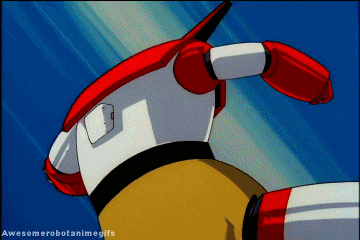
The other thing that was most interesting about the era of Super Robot, was that despite robots- the powers and abilities explored in these series were supernatural or magical in nature; Getter Rays for example is quite literally, human will made manifest- allowing their machines to fire beams of energy, transform their parts, amongst several other things. Some would say it's "on the nose", but frankly it's inspired and has persisted as an idea all the way to present in even modern Mecha that isn't Super Robot.
But then, what did come after the Super Robot era of early Mecha? When a genre has only escalated and expanded, going further into the fantastical and erratic energy of its fore-bearers and contemporaries; bigger, brighter, louder- where do we look once we've waged battle with every single light in the sky? When there's no battles left to be fought with aliens, kaiju, or other such monsters that threaten to snuff out our spark, try to tango with the human spirit and its indomitable will- eventually our sights go from the stars above, back to where all battles and conflict are directed at.
Each other.

(this post is continued in a series of reblogs, be sure to check them out!)
#mecha#mech#mechs#japan#culture study#essay#writing#armored core#ac#日本#ロボット#レアルロボット#メカ#armored core 6#personal essay#mobile suit gundam#gundam#スパーロボット#Whoof I'm really nervous about this I'll be honest#The Super Robot segment is definitely going to be the weakest part#As admittedly it's the one I'm least informed on#I'm eternally grateful for my friends that are into the roots of the genre#I'm also very open to constructive criticism#this post might be stuck in eternal edit checks but HEY I POSTED IT#which is more than I thought I would#woof wow okay right#thank you everyone#Will see how this pans out#I think the first update will just be linking my sources should tumblr allow me to add anymore to this wall of text and funny gifs#now I'm just yapping
26 notes
·
View notes
Text
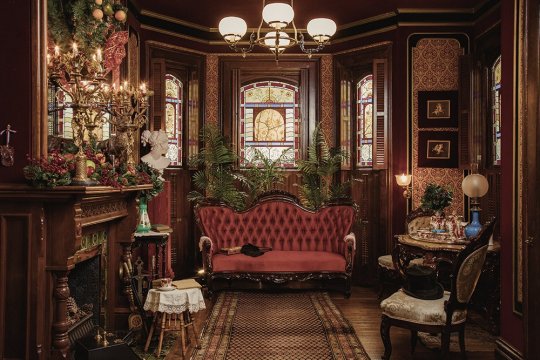
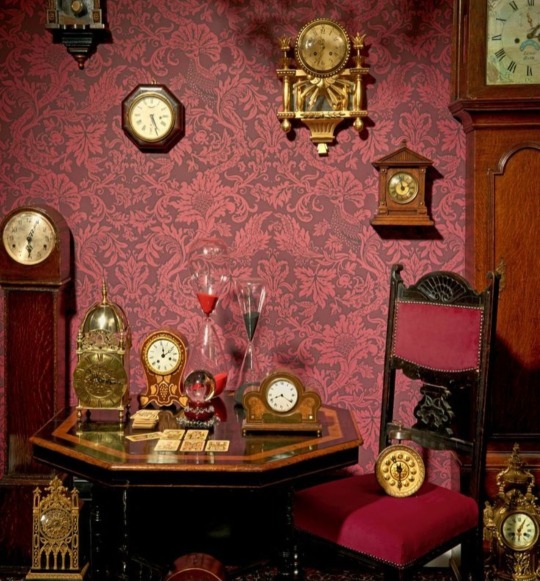
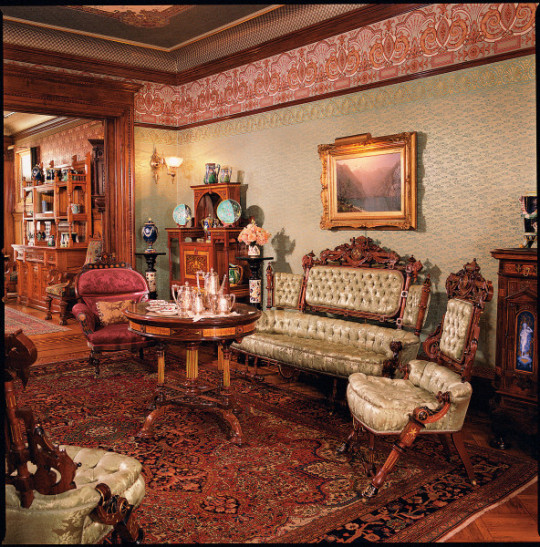
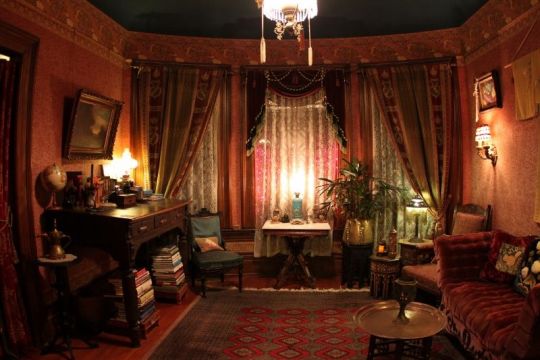
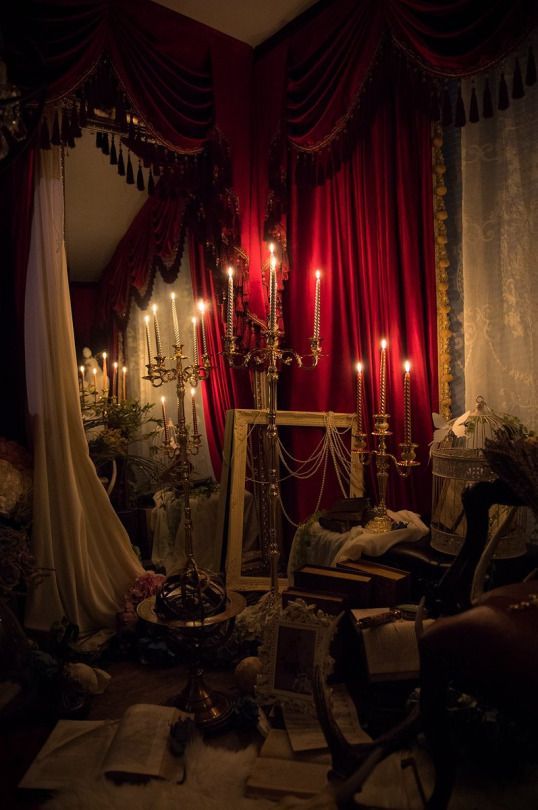


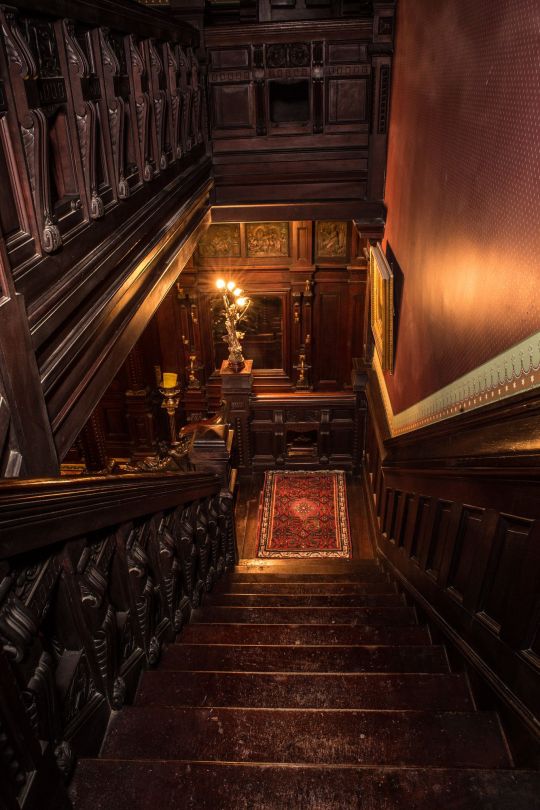
Handsome Townhouse vibes
#sorry if there's no sources I saved pics for reference and didn't keep track of the links#if anyone finds or knows some sources and would prefer to have them listed please let me know and I'll edit the post#this is just to spam some vibes I love to look at interior design#fallen london#fallen london aesthetic#victorian aesthetic#victorian interior#victorian moodboard#victorian vibes#xix century#antique interior#victorian home#moodboard#hiram moodboard#my posts
401 notes
·
View notes